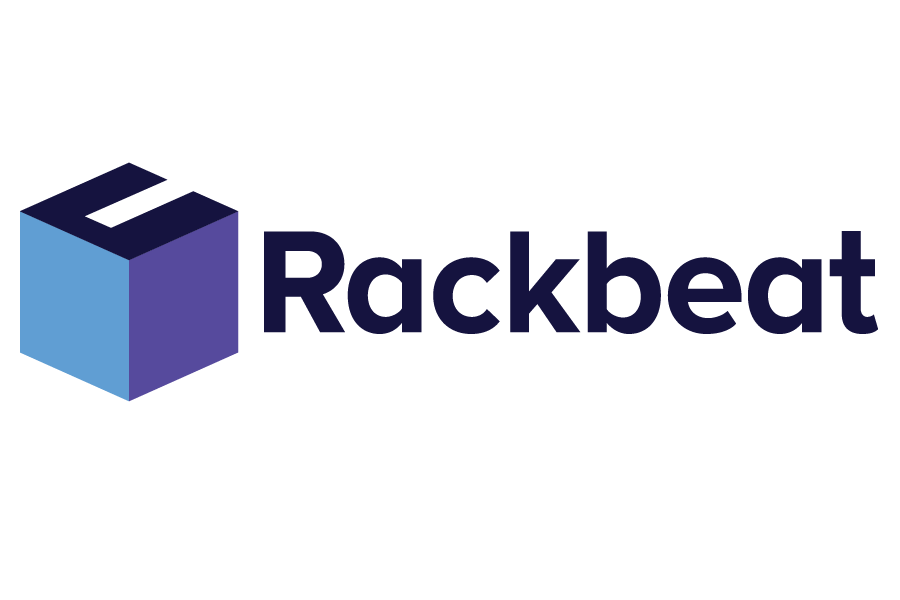Demand planning for beginners: 5 steps to increase efficiency and profit
By Rackbeat February 23, 2021

What is demand planning?
Demand planning is all about mapping out your entire supply chain and business, so that you can meet future demand for products.
That way demand planning, broadly speaking, refers to the demand part of ‘Supply and Demand.’
Throughout this guide those terms will be used interchangeably.
Why demand planning?
Demand planning necessitates finding a balance between supply, demand, capacity, and resources.
The ability to find that balance has great effect on growth, profit, and customer satisfaction. That means that demand planning is a core activity that is necessary to undertake, in order to realize profitable growth and optimal business operations.
Demand planning can contribute to growth in two ways. It ensures that money invested in inventory returns an acceptable profit. Secondly, it future proofs the company through data analysis and identification of trends. A study from 2015 shows, that demand planning on average:
- Reduces inventory in stock by 15%
- Increases turnover by 2%
- Increases the capacity for order fulfillment by a minimum 20%
- Increases gross profits by 3-5%
Using just a few resources on demand planning is an overlooked, but quick way of optimizing operations, growth and saving money.
A study conducted by a company specialized in demand planning shows that every 1% improvement in demand predictions results in an inventory reduction of 1-2%.
Demand planning is therefore crucial to creating added value in the company, insofar that it can lead to great savings.
Demand planning definition
“The process of setting goals, developing strategies, and defining tasks and necessary activities to achieve the desired targets.”
The general goal of demand planning is to establish an agile supply chain.
In practice, a supply chain that is nimble and responsive in regards to the customer.
Error-prone or wrong demand planning can in reality lead to an array of problems, for example that production grinds to a halt and that the company loses money on orders, reorders, and lower customer satisfaction.
Even so, many companies view demand planning as a time-consuming and unreliable task. But that is an outdated viewpoint as the latest developments in software can make the process more simple, fast, and reliable.
Employees
It’s important that the company’s employees understand the importance of effective demand planning, and by extension, warehouse management. At the same time, it’s important that the company has effective internal workflows and collaboration processes.
If you are a larger enterprise concepts such as IT, Sales, and purchasing need to be able to be communicated effectively, for example. It is less important that your employees are mathematical or statistical geniuses, when modern software solutions are built to handle complex equations.
Processes
An important part of demand planning is forecasting. What is meant by that is predictions or calculations of future terms, based on current and historical data.
If the company doesn’t forecast, it’s about time to start, because this process is essential in order to meet the demand it’ll meet in the future. The foundation of forecasting is accurate data. That is why it is crucial that the company has access to current and updated data.
Remember, it may not be possible to predict low-selling products. That is why it’s a good idea to implement a minimum threshold for inventory, that ensures the company’s ideal service level.
Planned and established processes strengthen the foundation for optimal company operations. Effective software can optimize many time-consuming and complex processes, and thereby free up time for process optimization, development and growth.
Tools
The right tools provide 99.99% correct inventory data, product statistics, and the possibility for user-defined reporting.
Additionally, the right tools should allow real-time access to data, as well as integrating effortlessly with each other. The right tools should also be built on a scalable and reliable platform that does not depend on investments in hardware. It is a bonus if your warehouse management system can support your processes. Examples of these could be purchasing recommendations based on current inventory, preferred suppliers, orders, and wholesale discounts at certain suppliers.
5 steps to demand planning
Below are 5 steps that ensure your company can execute effective demand planning.
1. Document the company’s current processes.
Establish clearly defined short-term goals and take small, incremental steps towards reaching them. Understand which processes and people that are affected by these short-term goals.
2. Establish a complete overview of the company’s historical demand data.
The foundation of a statistical forecast is complete and accurate historical data; forecasting the future requires you to understand both your past and present. That’s why you need to gather all the data that regards demand, based on: (1) what orders you’ve received, (2) what you’ve sent, invoiced, and received payment for.
3. Review the history
Go through ledger cards and the overview from the 2nd step in this list. Is there data missing? Should some of the numbers be viewed with an asterisk due to campaigns, outliers or season?
Depending on the products the company sells, this could have great implications: Are you selling designer clothes, for example, future demand can’t be 100% determined by historical data, as trends vary year over year.
Step 3 is all about cleaning up your data, by accounting for outliers, missing data, campaigns and so on.
4. Go through the company’s sales statistics
Look at your sales statistics and identify which products have the greatest return on investment (ROI) and the largest demand. It’s important that you don’t just buy the products with the highest demand, or sales price because a product can have a cost price so high that it isn’t profitable, even though there is high demand, and a high sales price.
It can be smart to base your sales statistics on your individual workers, product, and/or customer. It can be time-consuming to do manually, so it is smart to use software that can accomplish this with just a few clicks.
5. Prepare for new products.
Prepare for the introduction of new products by involving sales and purchasing. Forecast based on similar products if possible.
Make sure that the responsible parties can easily identify new products in the warehouse, and their movements. That way, the responsible parties can easily evaluate just how precise their forecasting has been.
Wanna Know More About Warehouse, Inventory, Purchasing and Sales Management?
We hope this guide has cleared up some of those considerations that you’ve wondered about when starting demand planning.
But if you want to know even more about warehouse, inventory, purchasing and sales management, we strongly advice that you sign up to our monthly content newsletter.



